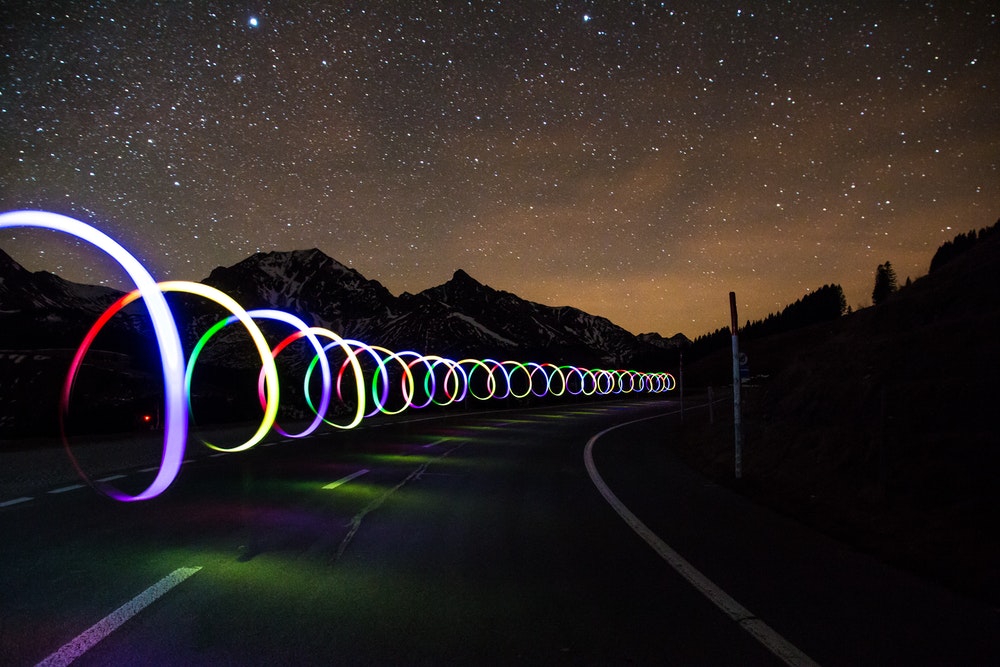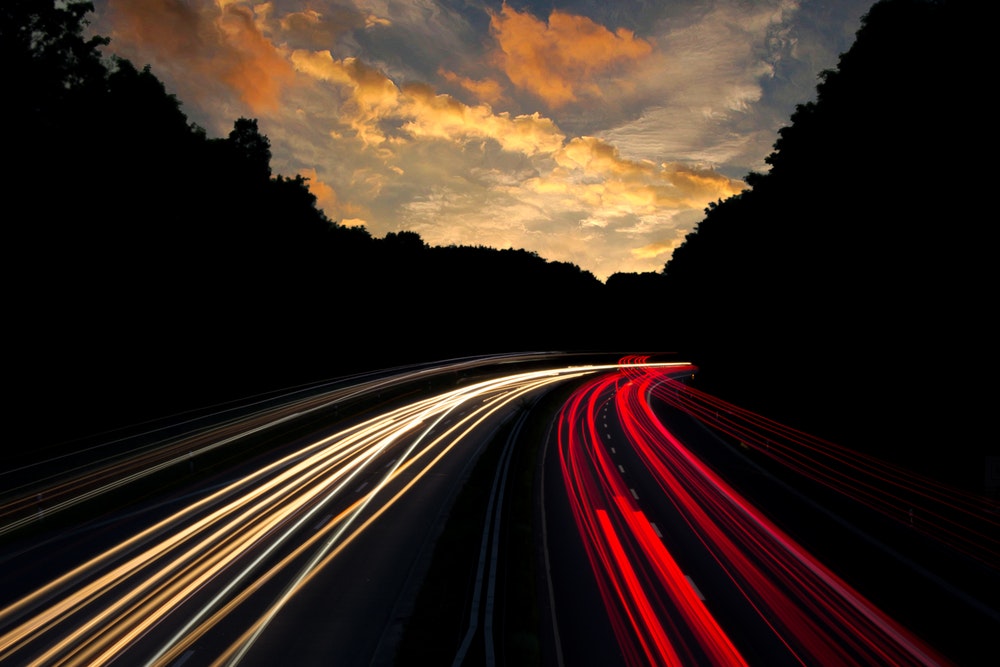A Short Guide to Long Exposure Photography

Photography has become one of the favourite things that people love to do nowadays as a hobby. As the internet is providing us with easy and practical tips for capturing the best photos, this task has become even easier.
This article is going to discuss some tips about long exposure photography. First, we will talk about this term in brief and then discuss some essential tips that you should follow in order to get the best photos in this category.
What is long exposure photography?
It is a photography technique that uses longer than usual shutter speeds to get desired effects in the photo. This technique of photography is really helpful in describing the moment in a more detailed way.
The photo taken with the help of this technique seems very special and they kind of explaining the moment in a quite different way. These photos enable us to see the world in a really different way and that is very much pleasing.
Some tips to help you with it
Now that you are aware of what this is all about, and maybe you have taken the time to look at inspiring photographers on Instagram doing similar photography, and tagging it with the #longexposure hashtag. So now we are going to talk about some important tips about long exposure photography. Take a look at these tips and see the effects once you start applying them.
Never do it without a tripod
As it is a time-taking process. So, you need to keep your camera stable throughout the process. Even if the camera shakes for a fraction of a second, it can ruin all of your efforts. You can avoid such mistakes by using a sturdy tripod.
| Become a Stockphoto.com Contributor! Earn money, join community, get exposure [Find out more](https://stockphoto.com/contributor.php) |
Study the weather and location before taking a shot
The study that we are talking about here is not a short and light one that you can do right before taking a photo. You have to visit that place a day or two before you the photography. There are several things to consider there. Look for the subject and the possible moving objects that you want to include in the photo.
You have to be very careful about the geography of that place and the weather in particular. You should never take long exposure photos when the sun is out. Either you should choose another time or wait for a cloudy day. Taking photos in the sun will fill the photo with different exposure at different spots.
And there is no way you can correct this mistake by editing. So, better try to avoid such a situation and choose the right time to take the photos.

Traffic light trails using long exposure photography
Focus on the subject and adjust the exposure in the right way
Now you have studied the place and the weather is with you. The final moment has arrived. Here, you have to lock the focus to the subject. There are several ways you can do it and we are going to discuss them all one by one.
While you are in the manual focus mode, you should turn the focus ring on your camera’s lens. Those who are using the Autofocus feature of their camera should pay extra attention. In that case, you should maintain the focus by half-pressing the shutter button of your camera.
After you are sure that focus is in the right place, change the focus mode from Auto to Manual without releasing the half-pressed shutter button. This technique is really helpful in maintaining focus on the subject throughout the process.
Exposure plays one of the most significant roles in long exposure photography. In this paragraph, we are going to talk about the right exposure. While doing it, your camera should be either in the Aperture Priority Mode or the Manual mode.
After that, you have to set the aperture to the right value. As there is no universally accepted aperture value, you have to choose it based on your subject.
At this point in time, you should check whether the exposure is right or not. Never trust your display to ensure it. The display is always too bright to tell you the truth. You should check the histogram to know the reality here. The histograms that are far too right or left are not suitable.
If you haven’t switched to the bulb (B) mode, you should do it now. Without it, you will not be able to disable the limit of 30 seconds on the camera. While going through this process, make sure that you haven’t altered any other features like the shutter speed, ISO, etc.
Now you have to take a test shot of the subject. After taking the shot, note down the shutter speed used in this shot. You will need this information while taking the final shot.
Use neutral density filters
Using these features becomes even more important when you are about to do it in daylight. In the daytime, you should use these filters as they decrease the amount of light entering the sensor. Just like choosing the right type of camera lens for the job at hand, so too is choosing to use ND filters. One thing that you should keep in mind here is that you have to increase the shutter speed.
This way, you will be able to get more exposure at the same time. Such techniques will help you a lot in getting exposure of up to even a minute. And such an arrangement will create some really amazing effects in your photos.
Capture the photo
Now you have come to the final moment. Every step have been accomplished so far. Take the shot. But the process is far from over yet. After you have taken the photo, check it from any distraction for the test shot you just took. Take a look at the histogram and compare it with the prior one.
If you find any dissimilarities between them, you have to take the photo again. Make slight changes in the settings and capture the long exposure photo again. Do it until you find the best photo.
Photographers! Earn a $200 Sign up Bonus... |
|---|
Interested? Sign-up here(more details) |
Final thoughts
The above article has discussed several important tips about long exposure photography. We hope it helps in taking the best photos in this category. Once you start taking photos like this, there are a lot more things to learn.


